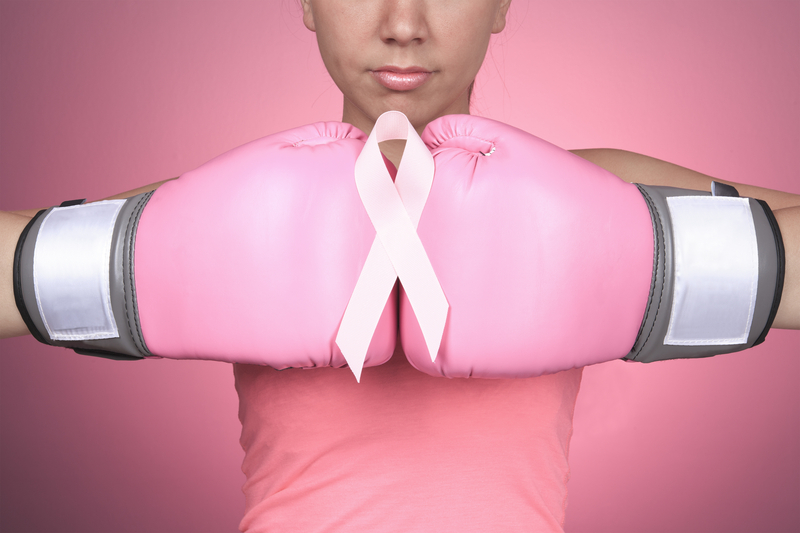Triple-Negative Breast Cancer (TNBC) is an aggressive form of breast cancer which spreads and grows rapidly in the body. Approximately 10-15% of all breast cancers are TNCB, named triple-negative for its negative testing of three molecular components – estrogen, progesterone, and human epidermal growth factor (HER2). This cancer is more likely to return than other forms of breast cancer, with fewer treatment options resulting in a lower accurate prognosis.
BRCA1 and BRCA2 are some of the most well-known terms when it comes to breast and ovarian cancer. Everyone has two types of BRCA1 genes from each parent, and in a normal and healthy human body, both BRCA1 and 2 are tumor suppressor genes. The BRCA1 keeps cell growth under control and in regulation to the body by producing a protein that can halt tumor growth. However, when these BRCA genes are mutated, they stop suppressing the genes and create an at-risk body for cancer – they can no longer suppress the tumors they are meant to regulate.
The connection between both TNBC and the more common BRCA1 gene mutation is immense. In the United States alone, 55-72% of women with the BRCA1 gene mutation will develop breast cancer by the age of 70-80 years old – while approximately 70% of these cases will be TNBC. Overall, 13% of females will develop breast cancer at some point in their lives.

Breast Cancer – Risk and Symptoms
While those living with the BRCA1 gene mutation have a significantly higher risk of developing breast cancer, there are certain demographics that also have a higher risk including Black women, Hispanic women and women younger than age 40. It is possible for anyone to have the BRCA gene mutations and be diagnosed with TNBC, however, they are most commonly found in Eastern, Central European, Jewish, French Canadian and Icelandic ethnic groups.
The specific symptoms related to TNBC are the same as in any other form of breast cancer. Symptoms include but are not limited to breast swelling, irregular lump (hard or soft; painless or painful), skim dimple, nipple discharge, inward-turning nipple, and any irregular skin changes to the breast or nipple including dryness, redness, or flaking.
Breast Cancer – Treatments and Survival Rates
Many treatment plans for TNBC are dependent on the stage of breast cancer and vary across surgery, chemotherapy, and targeted drugs and depend on whether or not the patient has the BRCA1 gene mutation. While TNBC is generally treated with chemotherapy, responses are relatively low due in part to its likeliness to return – however, those with TNBC and the BRCA1 or BRCA2 gene mutation at an advanced stage have a much more positive response to chemotherapy.
Just like treatment plans, the survival rates for someone living with TNBC are dependent on the stage and location within the body.
If you are concerned about your risk for either BRCA1, BRCA2, or TNBC, it is essential to discuss concerns with your doctor. Through knowledge and early detection, it is possible to understand the risks, treatment and survival of TNBC.

